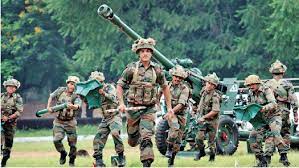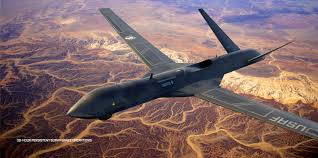Defense Logistics: The Unseen Backbone of Military Power

While advanced weapons systems and cutting-edge technologies often dominate defense headlines, logistics—the complex art of moving, supplying, and maintaining military forces—remains the true foundation of military power.
Modern defense logistics has evolved into a sophisticated global enterprise. The ability to rapidly deploy forces anywhere in the world requires intricate planning, specialized equipment, and robust supply chains. Military logistics professionals must coordinate transportation across air, land, and sea domains while ensuring the timely delivery of everything from ammunition to medical supplies.
Technology is transforming military logistics through several innovations. Advanced inventory management systems using RFID tracking provide real-time visibility of critical supplies. Predictive analytics help anticipate maintenance needs before equipment fails. Additive manufacturing (3D printing) shows promise for creating spare parts in forward locations, potentially reducing dependency on vulnerable supply lines.
Autonomous logistics vehicles—including unmanned cargo aircraft, self-driving trucks, and robotic supply carriers—are being tested for dangerous resupply missions. These systems could significantly reduce risk to personnel while maintaining operational tempo.
Energy logistics represents another critical challenge, as fuel remains a strategic vulnerability. Improvements in renewable energy systems, efficient generators, and battery technology aim to reduce the "logistics tail" that sustains deployed forces.
As military planners prepare for potential near-peer conflicts, logistics resilience has taken center stage. The ability to sustain operations despite adversary attacks on supply lines may ultimately prove more decisive than any weapon system.



